A Quick Guide To Meal Prepping
Eating healthy can be challenging, especially when our busy lives make it easy to grab unhealthy snacks or eat out. However, there is a powerful tool that can...
Free shipping on all orders over £50
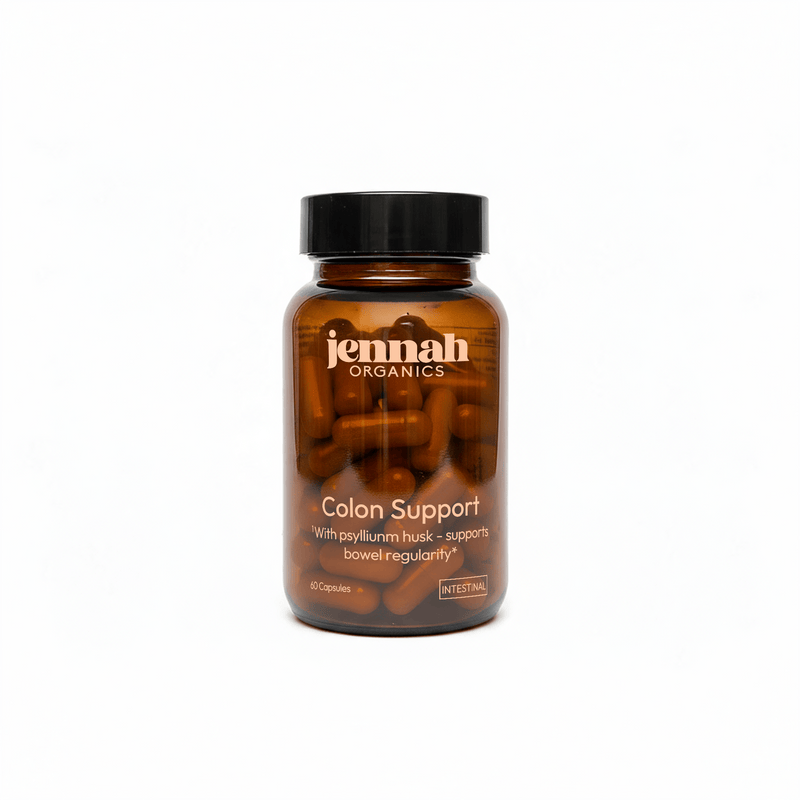 Flat Belly - Colon Detox (formerly Colon Cleanse)
Flat Belly - Colon Detox (formerly Colon Cleanse)
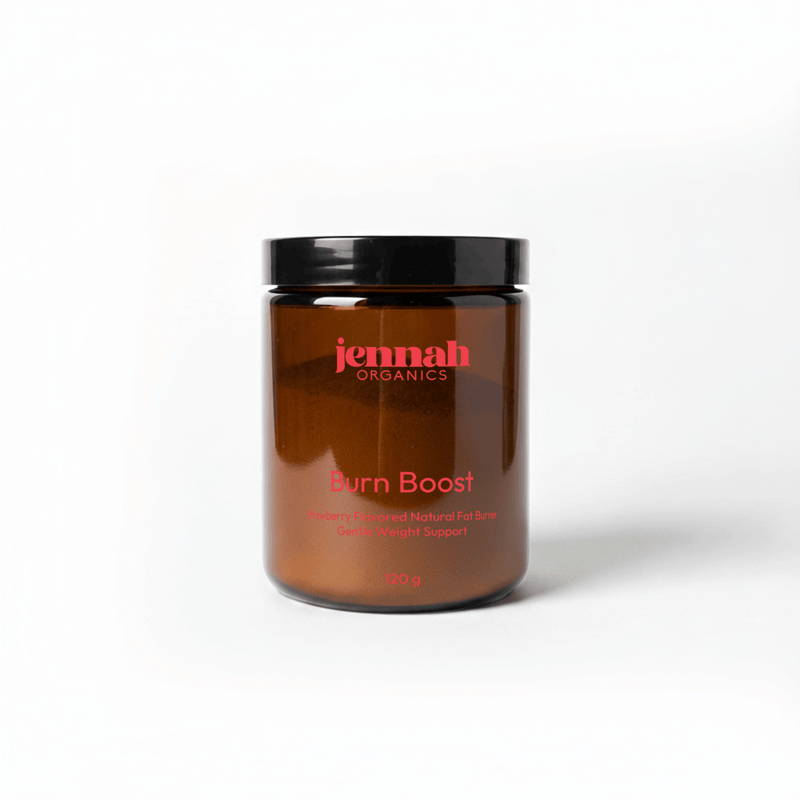 Burn Boost - Natural Fat Burner
Burn Boost - Natural Fat Burner
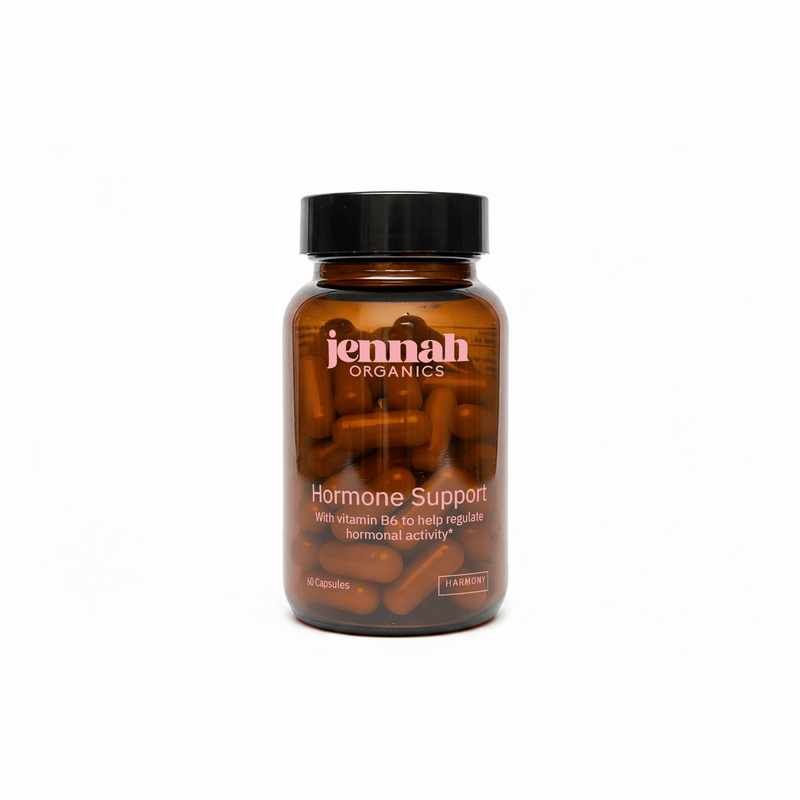 Hormone Support - Hormonal Weight Management (formerly Hormone Balance)
Hormone Support - Hormonal Weight Management (formerly Hormone Balance)
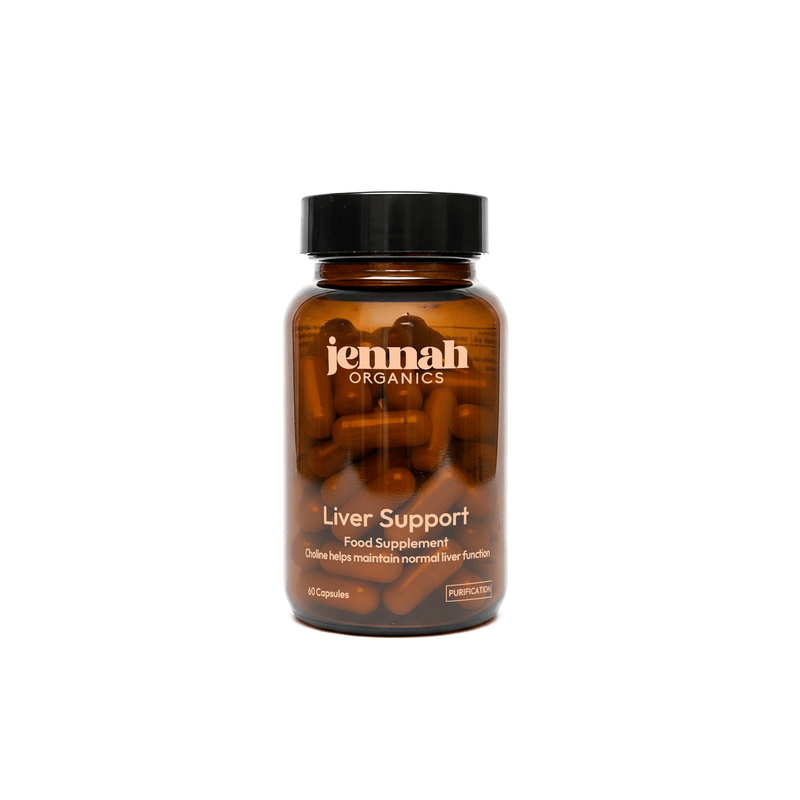 Liver Support - Liver Detox (formerly Liver Cleanse)
Liver Support - Liver Detox (formerly Liver Cleanse)
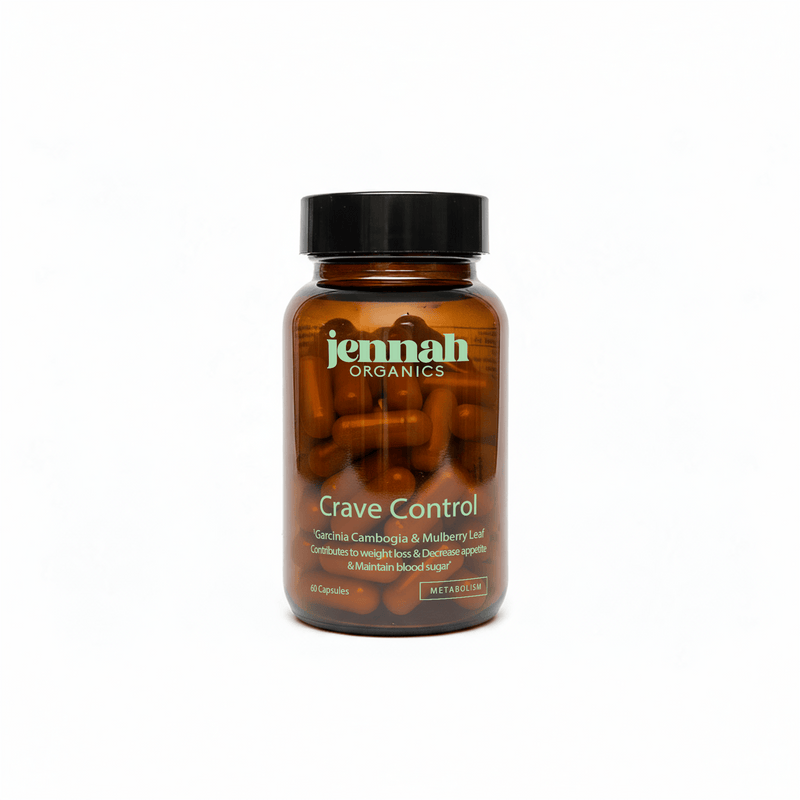 Crave Control - Keep Your Appetite Under Control
Crave Control - Keep Your Appetite Under Control
 BurnBoost – Sample Pack (7x 8g Single Servings)
BurnBoost – Sample Pack (7x 8g Single Servings)
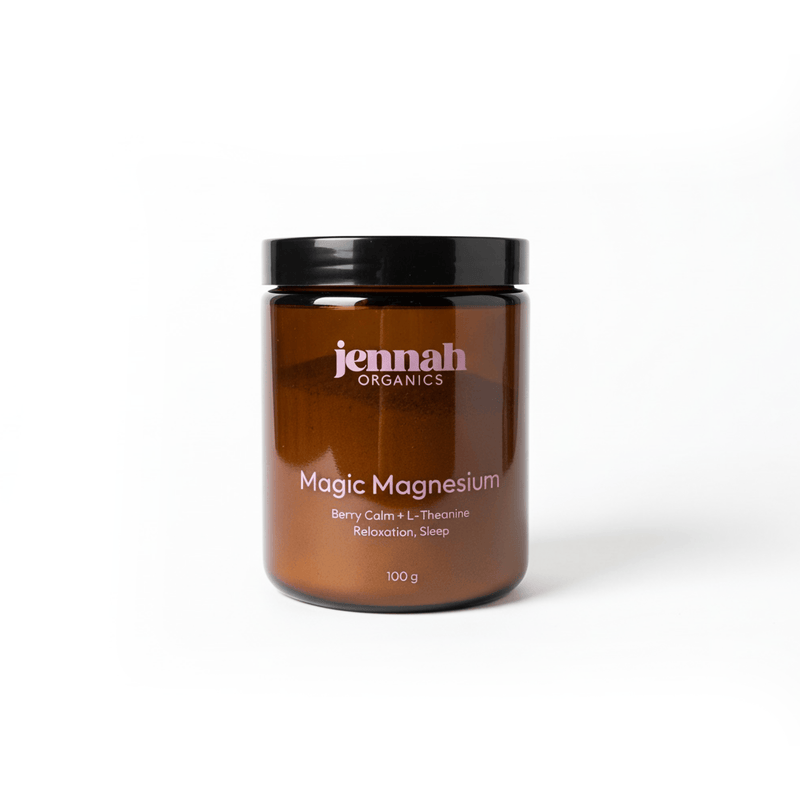 Magic Magnesium - Relaxation, Brain Health & Rest
Magic Magnesium - Relaxation, Brain Health & Rest
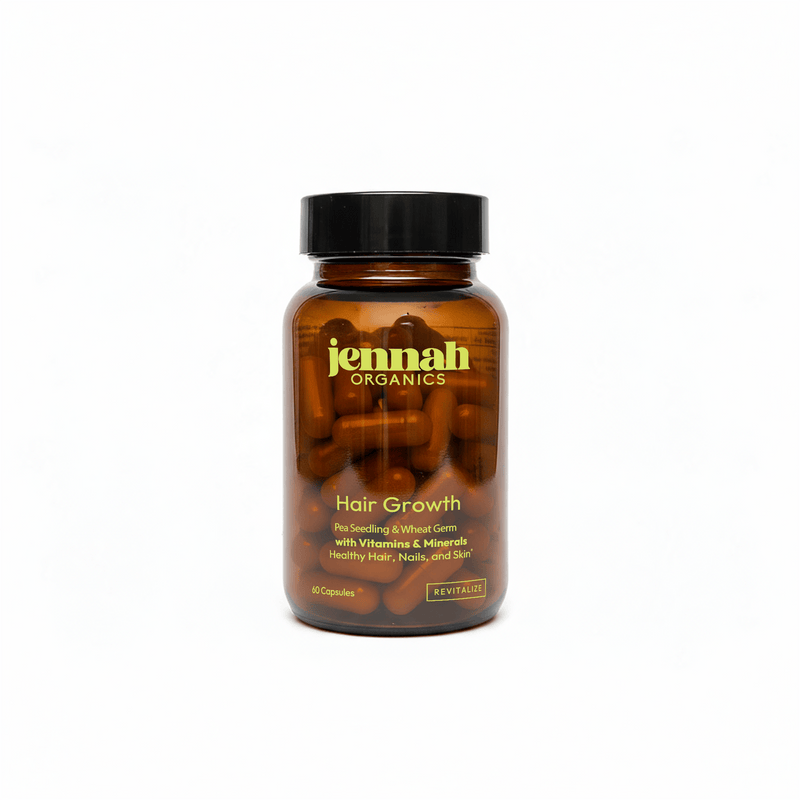 Hair Growth - For Longer Hair and Stronger Nails
Hair Growth - For Longer Hair and Stronger Nails
 Collagen Care - Anti-Wrinkle Natural Collagen
Collagen Care - Anti-Wrinkle Natural Collagen
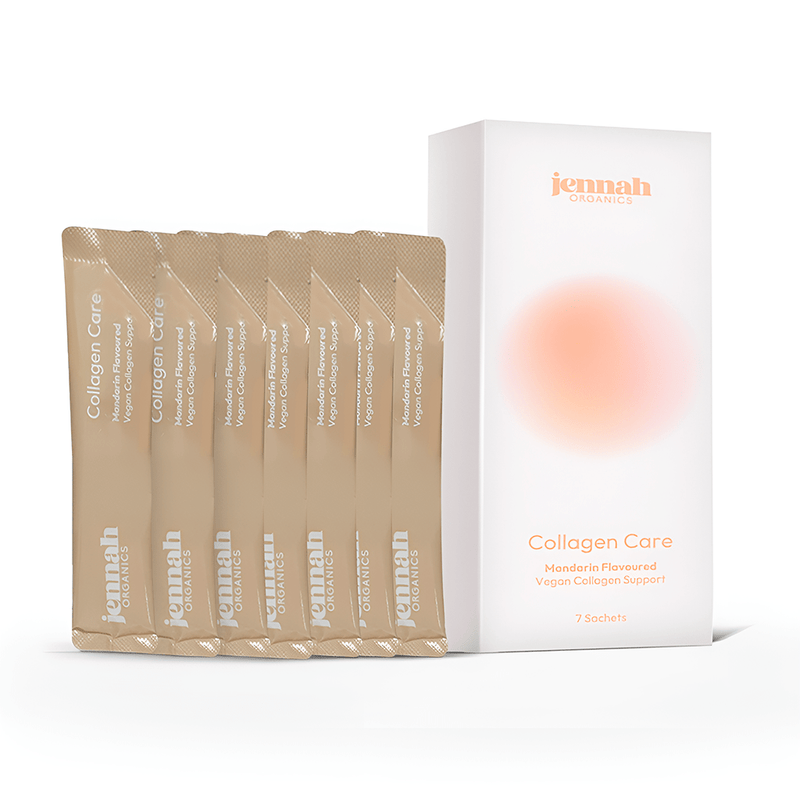 Collagen Care – Sample Pack (7x 8g Single Servings)
Collagen Care – Sample Pack (7x 8g Single Servings)
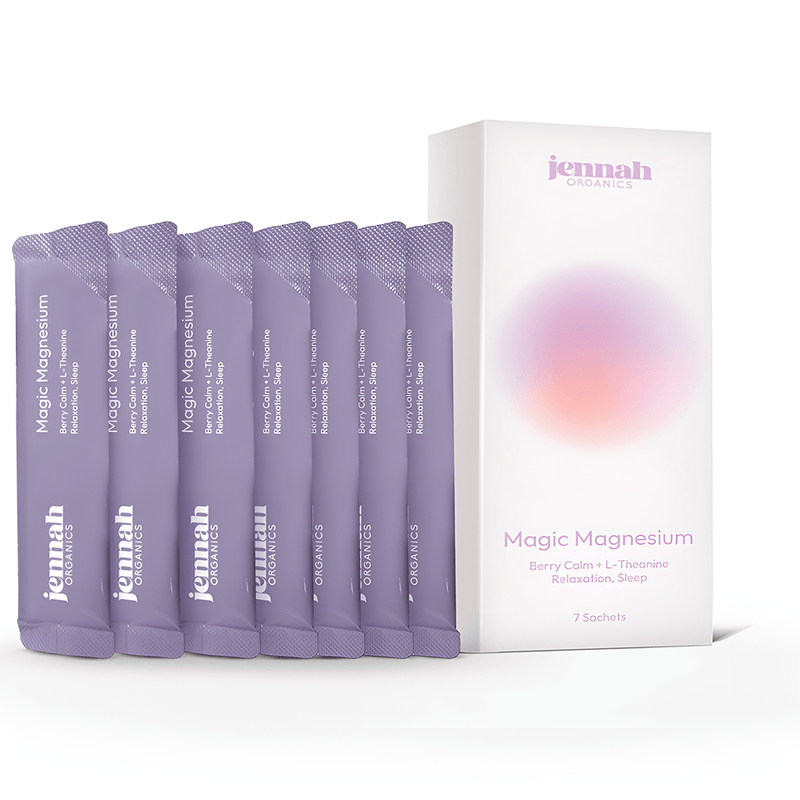 Magic Magnesium - Sample Pack (7x 8g Single Servings)
Magic Magnesium - Sample Pack (7x 8g Single Servings)
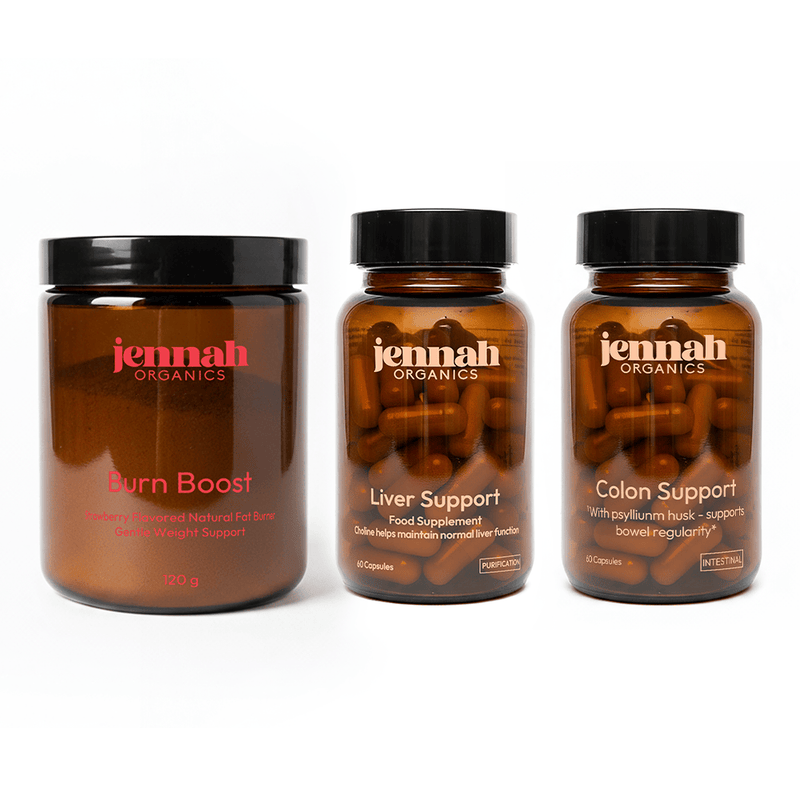 Slim & Bloat-Free Bundle
Slim & Bloat-Free Bundle
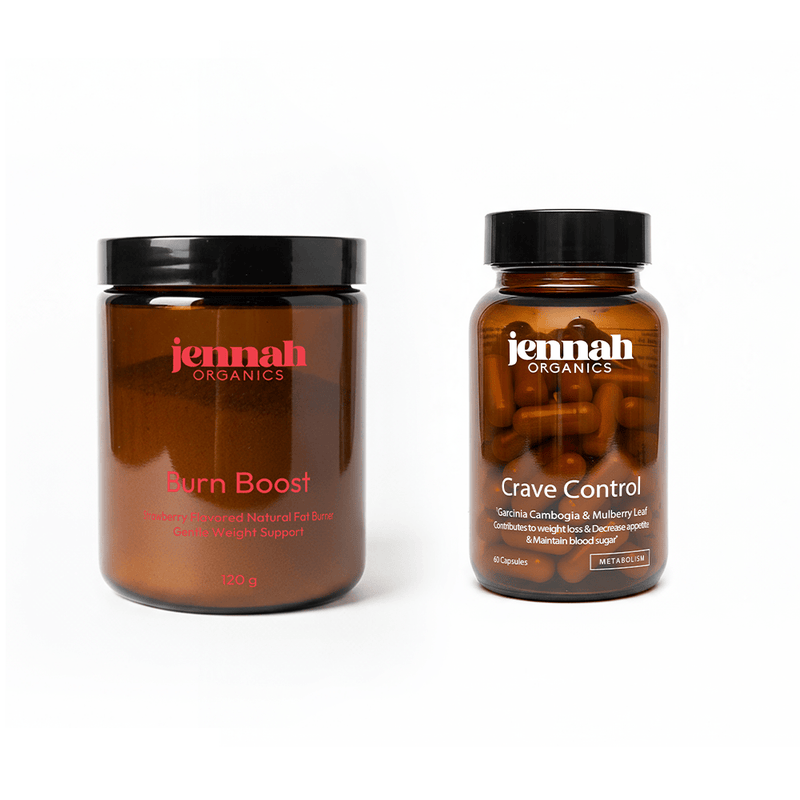 Metabolism & Craving Reset
Metabolism & Craving Reset
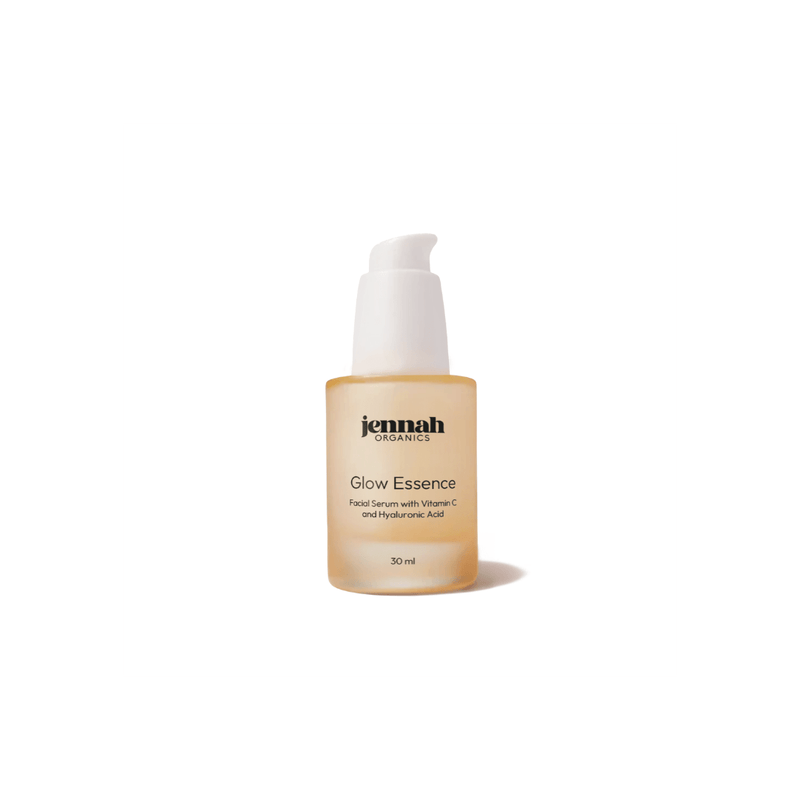 Glow Essence - Glowing Facial Serum with Vitamin C
Glow Essence - Glowing Facial Serum with Vitamin C
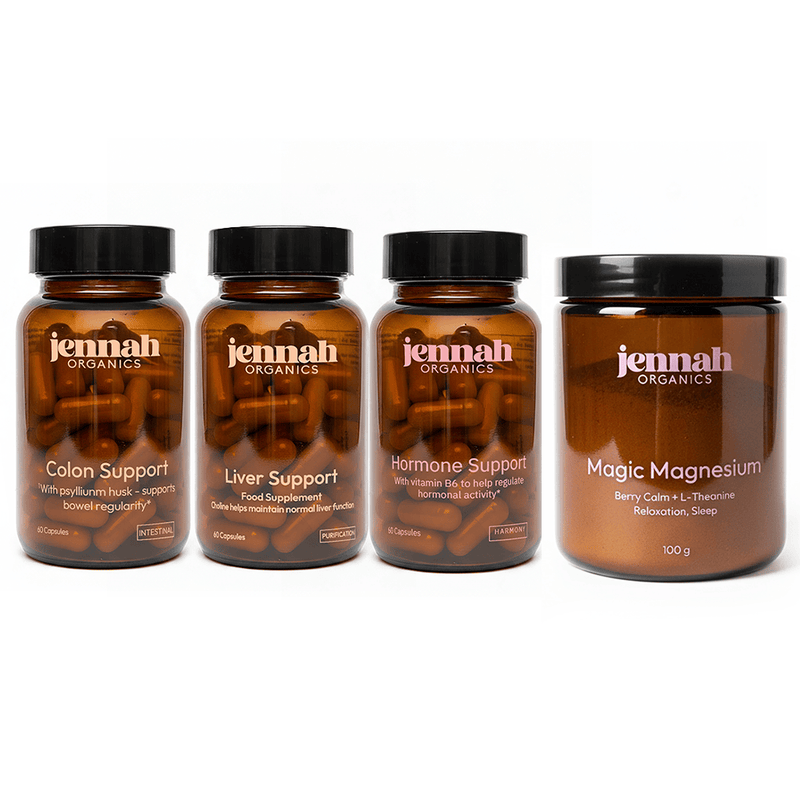 Bloat & Detox Reset
Bloat & Detox Reset
 Oriental Oasis - Luxury Skin & Hair Oil with Argan Oil & Grape Seed Oil
Oriental Oasis - Luxury Skin & Hair Oil with Argan Oil & Grape Seed Oil
 Silk Shine - For Silky & Radiant Hair
Silk Shine - For Silky & Radiant Hair
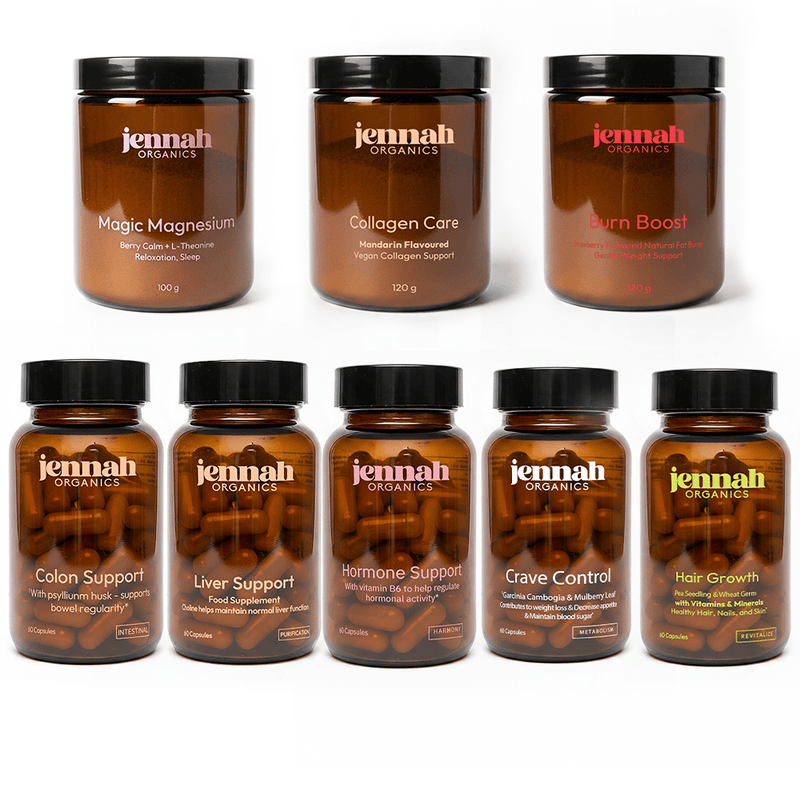 Ultimate Wellness Reset
Ultimate Wellness Reset
 Radiance & Hair Glow Duo
Radiance & Hair Glow Duo
 Anxiety & Cravings Fix
Anxiety & Cravings Fix
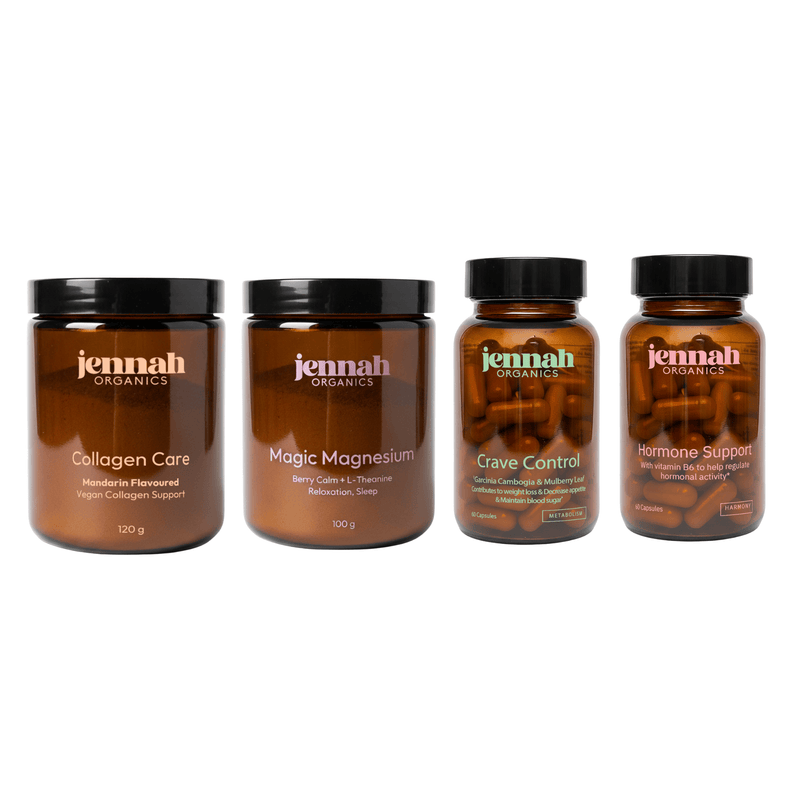 Hormone Harmony Pack
Hormone Harmony Pack
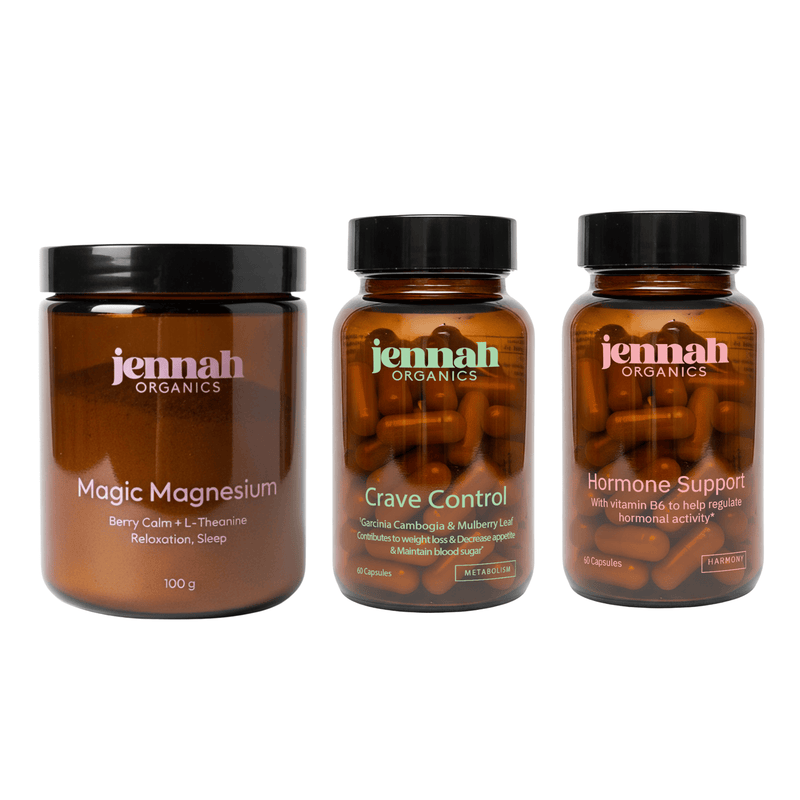 Stress & Calm Reset
Stress & Calm Reset
 Flat Belly - Colon Detox (formerly Colon Cleanse)
Flat Belly - Colon Detox (formerly Colon Cleanse)
 Burn Boost - Natural Fat Burner
Burn Boost - Natural Fat Burner
 Hormone Support - Hormonal Weight Management (formerly Hormone Balance)
Hormone Support - Hormonal Weight Management (formerly Hormone Balance)
 Liver Support - Liver Detox (formerly Liver Cleanse)
Liver Support - Liver Detox (formerly Liver Cleanse)
 Crave Control - Keep Your Appetite Under Control
Crave Control - Keep Your Appetite Under Control
 BurnBoost – Sample Pack (7x 8g Single Servings)
BurnBoost – Sample Pack (7x 8g Single Servings)
 Slim & Bloat-Free Bundle
Slim & Bloat-Free Bundle
 Metabolism & Craving Reset
Metabolism & Craving Reset
 Bloat & Detox Reset
Bloat & Detox Reset
 Ultimate Wellness Reset
Ultimate Wellness Reset
 Stress & Calm Reset
Stress & Calm Reset
 Burn Boost - Natural Fat Burner
Burn Boost - Natural Fat Burner
 Hormone Support - Hormonal Weight Management (formerly Hormone Balance)
Hormone Support - Hormonal Weight Management (formerly Hormone Balance)
 Magic Magnesium - Relaxation, Brain Health & Rest
Magic Magnesium - Relaxation, Brain Health & Rest
 Hair Growth - For Longer Hair and Stronger Nails
Hair Growth - For Longer Hair and Stronger Nails
 Magic Magnesium - Sample Pack (7x 8g Single Servings)
Magic Magnesium - Sample Pack (7x 8g Single Servings)
 Bloat & Detox Reset
Bloat & Detox Reset
 Ultimate Wellness Reset
Ultimate Wellness Reset
 Anxiety & Cravings Fix
Anxiety & Cravings Fix
 Hormone Harmony Pack
Hormone Harmony Pack
 Stress & Calm Reset
Stress & Calm Reset
 Burn Boost - Natural Fat Burner
Burn Boost - Natural Fat Burner
 Hormone Support - Hormonal Weight Management (formerly Hormone Balance)
Hormone Support - Hormonal Weight Management (formerly Hormone Balance)
 Liver Support - Liver Detox (formerly Liver Cleanse)
Liver Support - Liver Detox (formerly Liver Cleanse)
 Magic Magnesium - Relaxation, Brain Health & Rest
Magic Magnesium - Relaxation, Brain Health & Rest
 Magic Magnesium - Sample Pack (7x 8g Single Servings)
Magic Magnesium - Sample Pack (7x 8g Single Servings)
 Metabolism & Craving Reset
Metabolism & Craving Reset
 Ultimate Wellness Reset
Ultimate Wellness Reset
 Anxiety & Cravings Fix
Anxiety & Cravings Fix
 Stress & Calm Reset
Stress & Calm Reset
 Hair Growth - For Longer Hair and Stronger Nails
Hair Growth - For Longer Hair and Stronger Nails
 Collagen Care - Anti-Wrinkle Natural Collagen
Collagen Care - Anti-Wrinkle Natural Collagen
 Collagen Care – Sample Pack (7x 8g Single Servings)
Collagen Care – Sample Pack (7x 8g Single Servings)
 Glow Essence - Glowing Facial Serum with Vitamin C
Glow Essence - Glowing Facial Serum with Vitamin C
 Oriental Oasis - Luxury Skin & Hair Oil with Argan Oil & Grape Seed Oil
Oriental Oasis - Luxury Skin & Hair Oil with Argan Oil & Grape Seed Oil
 Silk Shine - For Silky & Radiant Hair
Silk Shine - For Silky & Radiant Hair
 Radiance & Hair Glow Duo
Radiance & Hair Glow Duo
 Hormone Harmony Pack
Hormone Harmony Pack

Want to go to your dedicated store?
Eating healthy can be challenging, especially when our busy lives make it easy to grab unhealthy snacks or eat out. However, there is a powerful tool that can...

Eating healthy can be challenging, especially when our busy lives make it easy to grab unhealthy snacks or eat out. However, there is a powerful tool that can help you make healthier food choices and avoid temptations: meal prep. In this blog, we'll guide you through the art of meal prep and give you simple tips and tricks to get you on the road to healthier eating. We provide detailed explanations in understandable language and with practical examples.
What is Meal Prep?
Meal prep means preparing your meals or parts of your meals ahead of time. Instead of deciding on the spot what to eat or ordering takeout, have healthy, ready-to-eat options waiting for you.
Why is meal prep important?
1. Healthier choices: When you plan your meals in advance, you can choose nutritious ingredients and control portion sizes.
2. Saving time: It saves you time during the week because you don't have to cook every day.
3. Save money: Preparing meals at home is usually cheaper than eating out.
Getting started with meal preparation:
1. Plan your meal plan
Make a list of the meals you want to prepare for the week. Include breakfast, lunch, dinner and snacks.
Choose recipes that are easy and quick to make. You can find many easy and healthy recipes online.
Consider using an app for meal planning or a calendar to help you stay organized.
2. Smart Shopping
Make a shopping list based on your meal plan to avoid buying unnecessary items.
Stay in the outer aisles of the supermarket, where you'll find fresh produce, lean proteins and whole grains.
3. Prepare Your Ingredients.
Wash, cut and portion your vegetables, fruits and other ingredients.
Cook grains, such as rice or quinoa, and proteins, such as chicken or beans, in batches.
Store ingredients in airtight containers or resealable bags to keep them fresh.
4. Portion control
Use portion packs to control portion sizes. This can prevent overeating.
Label your containers with the date so you know when they were prepared.
Label your containers with the date, so you know when they were prepared.
Example: A weekly menu
Here is a simple meal prep plan for a week:
Breakfast: Overnight oats with berries and almonds (prepared for the whole week).
Lunch: Grilled chicken breast with steamed broccoli and quinoa (prepared for 3 days).
Dinner: Baked salmon with roasted sweet potatoes and asparagus (already prepared for 2 days).
Snacks: Sliced cucumbers, carrots and hummus (prepared for the week).
Tips and tricks for successful meal prep:
Start small: If meal prep is new to you, start with a few meals or snacks and gradually expand the number as you become more familiar with it.
Variety: Change your recipes every week to keep it exciting and avoid boredom.
Freeze extra portions: If you cook more than you can eat in a few days, freeze the extra portions for future meals.
Stay consistent: Try to cook on the same day every week. Consistency makes meal preparation a habit.
Have fun: Be creative with your recipes. Experiment with different ingredients and flavors to keep your meals interesting.
Meal prep is a powerful tool that can help you make healthier food choices and save time and money. With a little planning, you can prepare delicious and nutritious meals throughout the week. Start small, experiment with recipes and make meal prep a regular part of your routine. That way you'll be well on your way.
Detox + Weightloss
Daily Health
Your cart is currently empty.
Start Shopping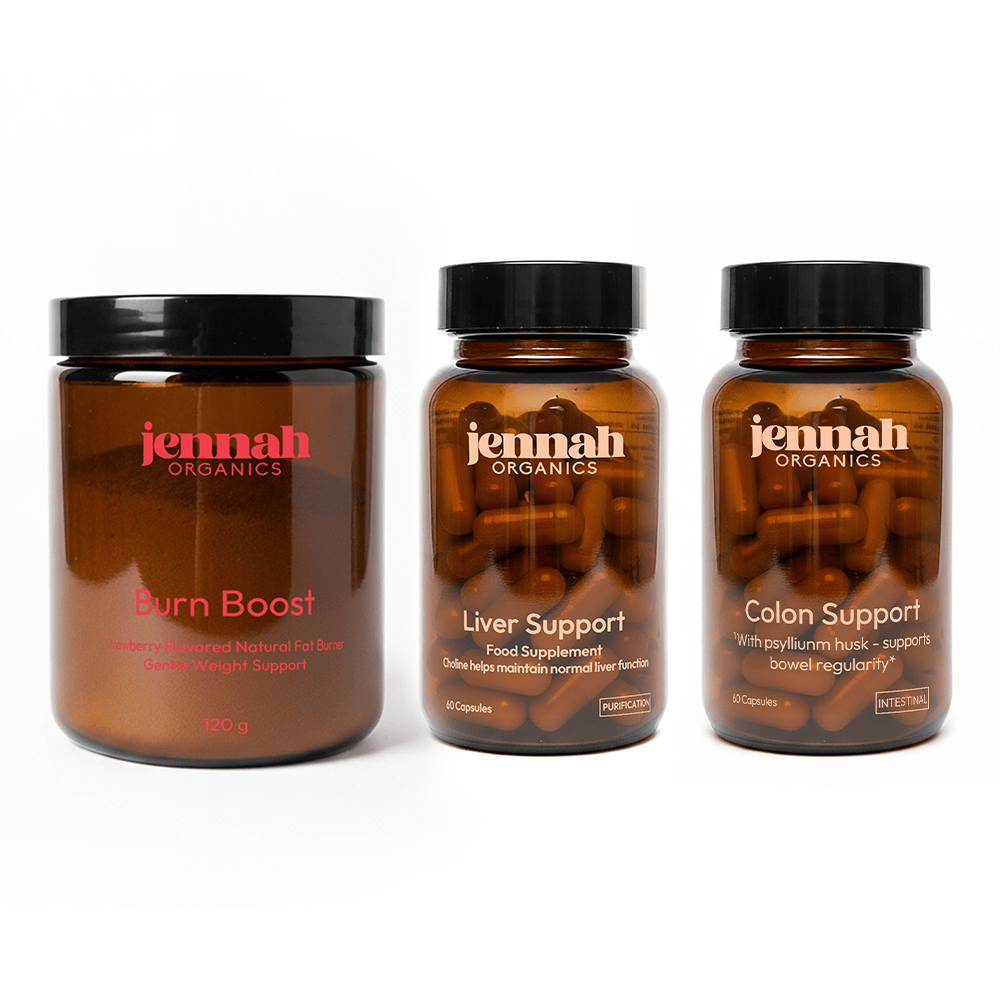
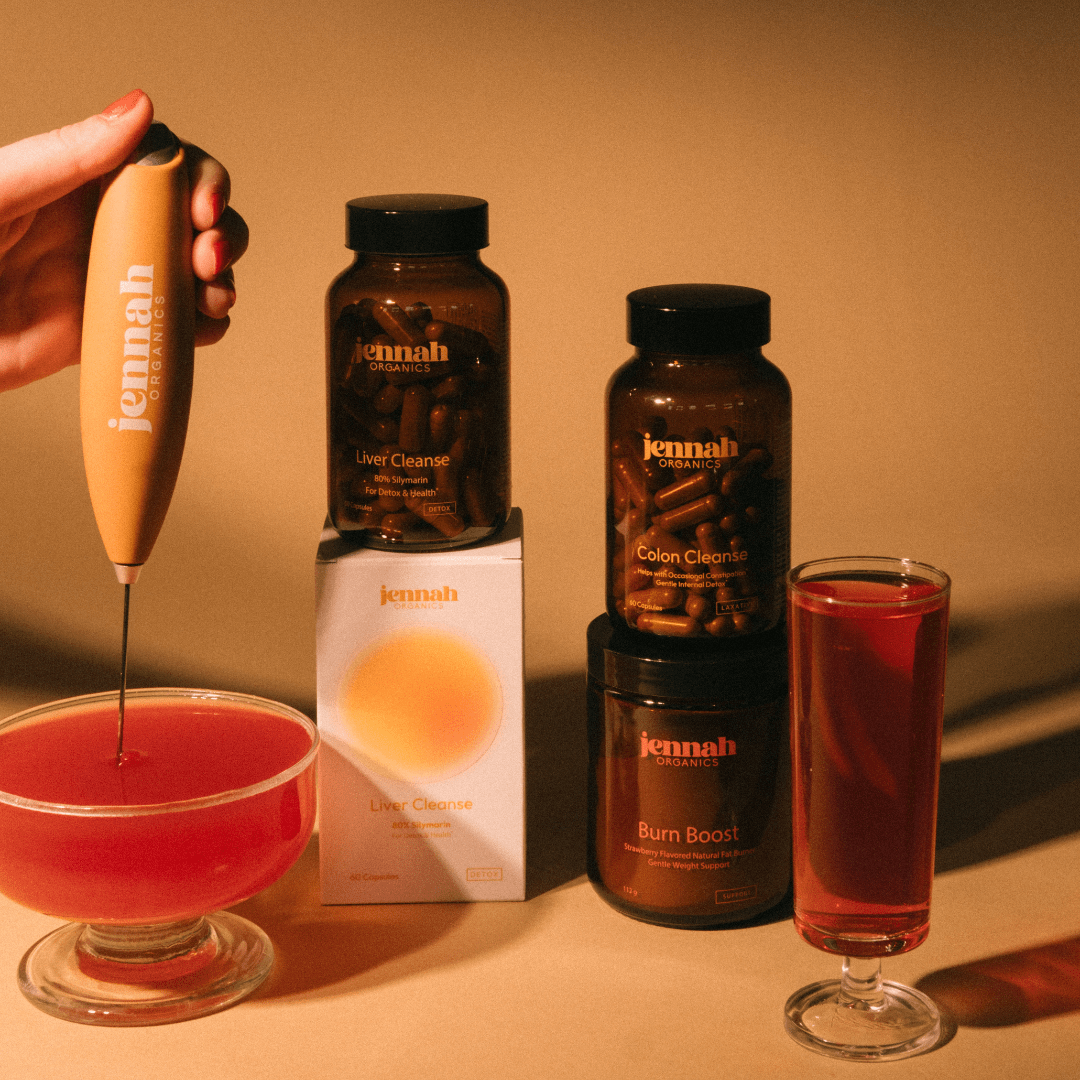
Order now for FREE delivery by: 11 December
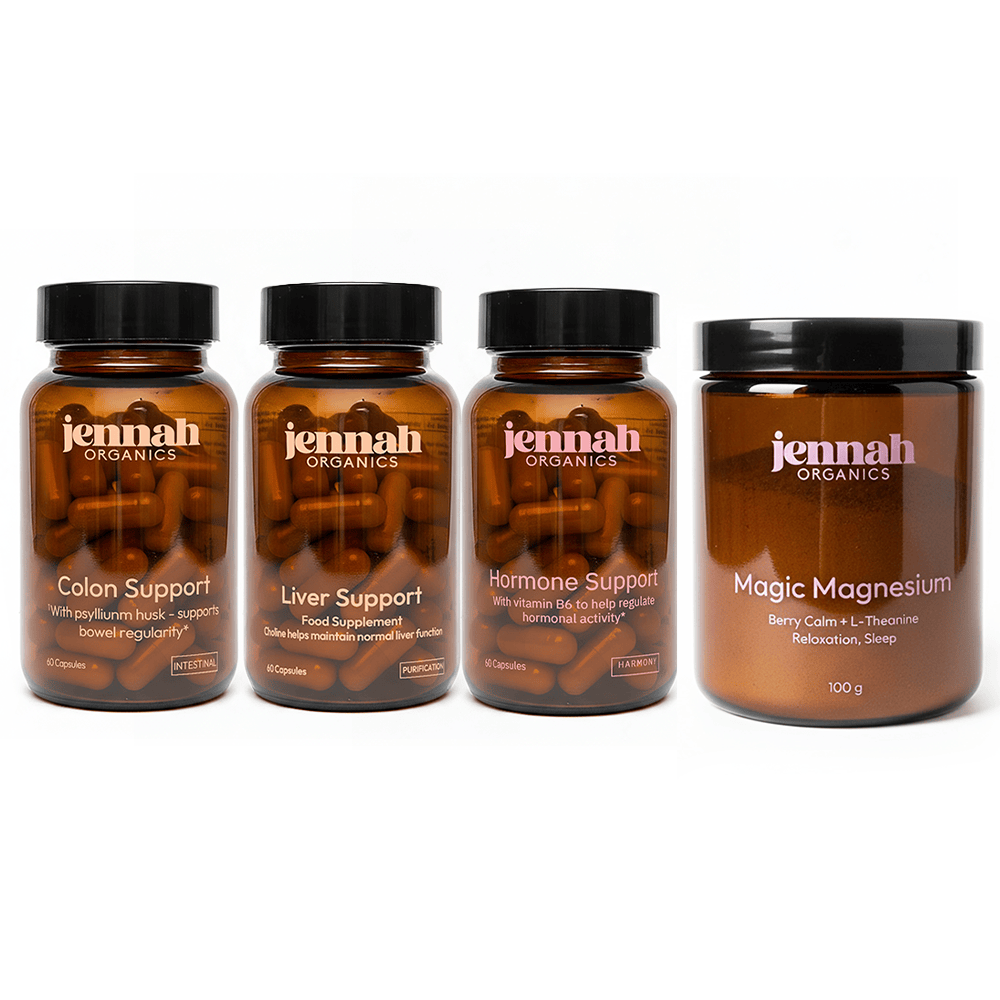
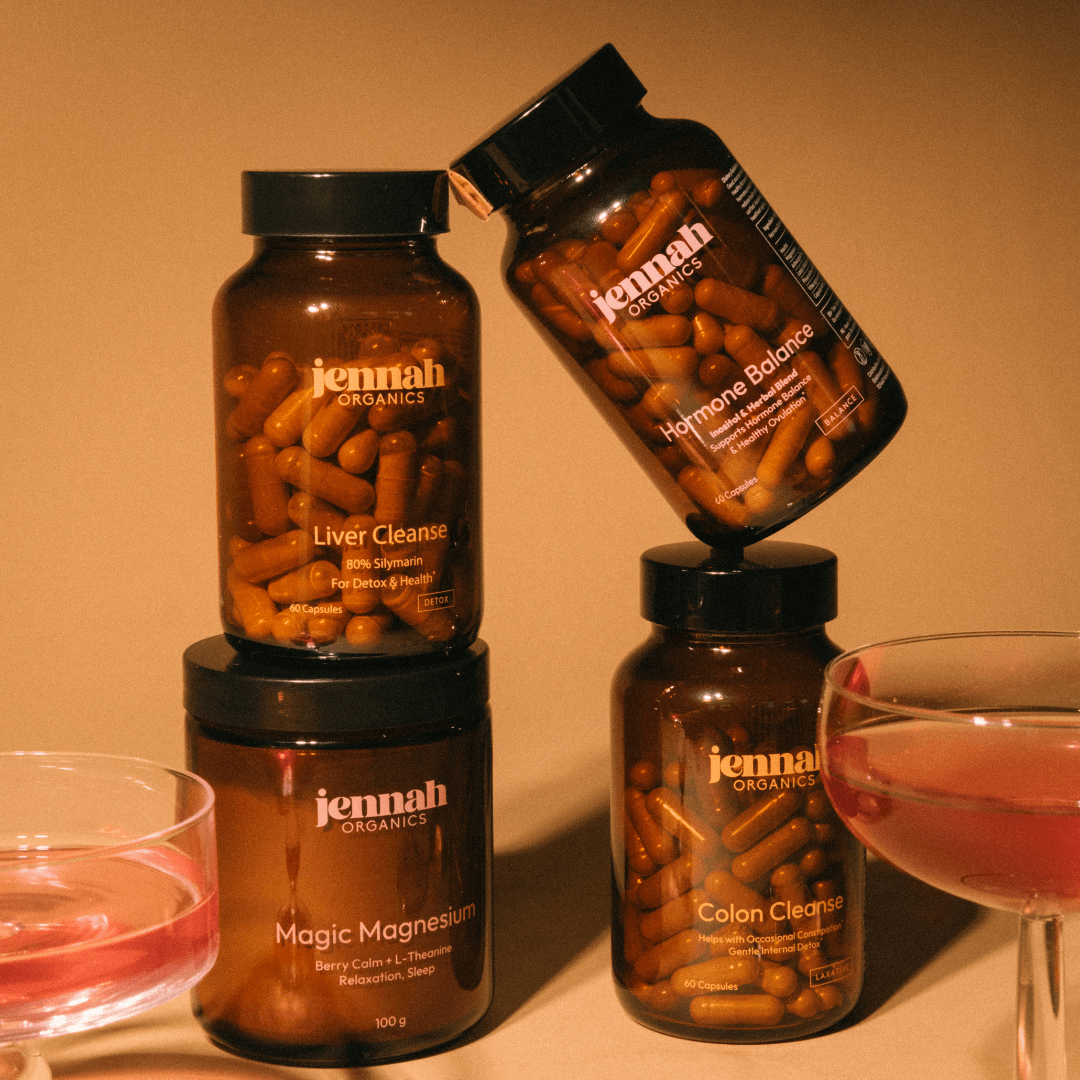
Order now for FREE delivery by: 11 December












Never run out of product
Pause or cancel anytime
15% off every order, always.
Free shipping
Order now for FREE delivery by: 11 December















Never run out of product
Pause or cancel anytime
15% off every order, always.
Free shipping
Order now for FREE delivery by: 11 December













Never run out of product
Pause or cancel anytime
15% off every order, always.
Free shipping
Order now for FREE delivery by: 11 December